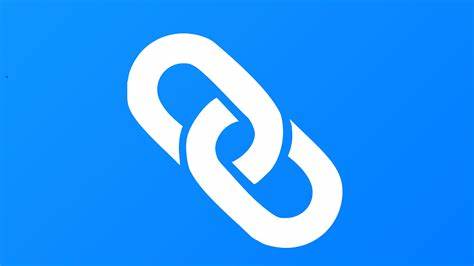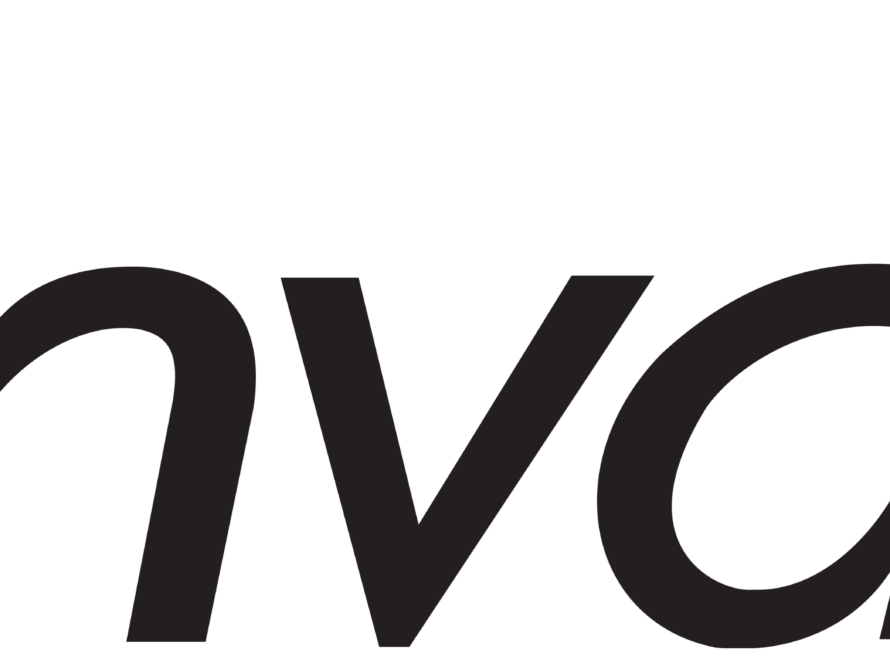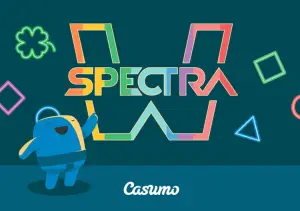Table of Contents
Introduction:
Hyperlinks, also known as links, are an essential component of the modern internet. They are the foundation of the web, allowing users to navigate between web pages and to access the information they need quickly and easily. Whether you are a web developer, designer, or content creator, understanding hyperlinks is crucial to your success. In this article, we will provide a comprehensive guide to hyperlinks, including their types, benefits, and best practices.

Types of Hyperlinks:
There are several different types of hyperlinks, each with its own unique purpose and behavior. Some of the most common types of hyperlinks include:
- Internal Links: Internal links are links that connect different pages within the same website. They are used to help users navigate a website and to create a logical structure for the website’s content.
- External Links: External links are links that connect to pages outside of the website. They are used to provide additional information or resources to users and to connect to other websites and content.
- Anchor Links: Anchor links are links that connect to a specific section or element within a web page. They are used to create a table of contents or to provide quick access to specific sections of a page.
- Download Links: Download links are links that allow users to download files, such as PDFs, images, and videos. They are used to provide additional resources and information to users.
- Email Links: Email links are links that connect to an email address and allow users to send emails directly from a web page. They are used to provide a convenient way for users to contact a website owner or to provide a way for users to send feedback or questions.
The Importance of Anchor Text:
Anchor text is the text that appears as a hyperlink on a web page. It is an important component of hyperlinks because it provides information to both users and search engines about the destination of the link. When creating hyperlinks, it is important to choose descriptive and relevant anchor text that accurately reflects the content of the linked page.
Benefits of Hyperlinks:
Hyperlinks provide a range of benefits to both users and website owners, including:
- Improved Navigation: Hyperlinks allow users to navigate between web pages and to access the information they need quickly and easily. This makes it easier for users to find the information they are looking for and to explore a website’s content.
- Increased Visibility: Hyperlinks can improve a website’s visibility by providing a way for users to find the website and to access its content. External links can also improve a website’s visibility by connecting it to other websites and content.
- Better User Experience: Hyperlinks can improve the user experience by providing additional information and resources, making it easier for users to find the information they need. Anchor links can also improve the user experience by allowing users to quickly jump to specific sections of a page.
- Better Search Engine Optimization: Hyperlinks can improve search engine optimization by providing a way for search engines to crawl and index a website’s content. External links can also improve search engine optimization by providing a way for a website to build backlinks, which can help to increase its search engine ranking.
Link Building and Link Management:
Link building and link management are important components of hyperlink optimization and search engine optimization. Link building refers to the process of acquiring high-quality links from other websites to your own. Link management refers to the process of monitoring and maintaining the links on your website.
Link building and link management are important because they can have a significant impact on a website’s visibility and search engine ranking. High-quality links can help to increase a website’s visibility by providing a way for users and search engines to find the website. They can also help to improve a website’s search engine ranking by demonstrating the website’s relevance and authority.
There are several strategies for building and managing links, including:
- Creating High-Quality Content: The first step in building and managing links is to create high-quality content that users and other websites will want to link to. This content should be informative, relevant, and valuable to your target audience.
- Networking: Networking is an important component of link building. This involves building relationships with other websites and webmasters in your niche, and working together to build links and promote your content.
- Guest Posting: Guest posting is another effective link building strategy. This involves writing and publishing articles on other websites in your niche. The articles should include links back to your own website, providing a way for users and search engines to find your content.
- Broken Link Check: Broken links can harm a website’s visibility and search engine ranking. It is important to regularly check your website for broken links and to fix them as soon as possible.
- Link Reclamation: Link reclamation is the process of reclaiming links that were lost or broken. This involves finding and fixing broken links and contacting webmasters to request that they update the links.
In conclusion:
Understanding hyperlinks is essential for web developers, designers, and content creators. Hyperlinks provide a range of benefits to both users and website owners, including improved navigation, increased visibility, better user experience, and better search engine optimization. Building and managing high-quality links is an important component of hyperlink optimization and search engine optimization. By using effective link building and link management strategies, you can increase your website’s visibility, improve its search engine ranking, and provide a better experience for your users.


